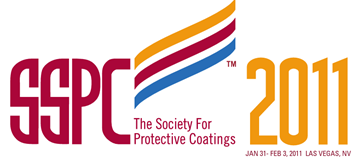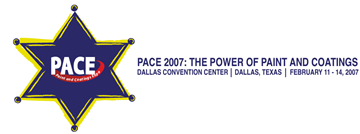Search
Products tagged with 'epoxy coatings'
View as
Sort by
Display
per page
New Advances in Epoxy Protective Coatings
Product Number:
41216-983-SG
Publication Date:
2016
$20.00
Old, New, and Forgotten Wisdom for Tank and Vessel Linings
Product Number:
41214-842-SG
Publication Date:
2014
$20.00
Past Versus Present - Comparing Laboratory Performance of Vinyl Resin Coatings with Modern Epoxy-Polysiloxane Coating Systems
Product Number:
51217-076-SG
Publication Date:
2017
$20.00
RP0394-HD2002-SG Application, Performance, and Quality Control of Plant-Applied, Fusion-Bonded Epoxy External Pipe Coating-HD2002
Product Number:
21064-HD2002
ISBN:
1-57590-147-1
Publication Date:
2002
$179.00
RP0490-HD2001-SG, Holiday Detection of Fusion-Bonded Epoxy External Pipeline coatings of 250 to 760 µm (10 to 30 mils)
Product Number:
21045-HD2001
ISBN:
1-57590-119-6
Publication Date:
2001
$179.00
Southern Nevada Water Authority-Polyurethane Lining Evaluation and Testing
Product Number:
41211-637-SG
Publication Date:
2011
$20.00
SP0490-2007-SG (formerly RP0490), Holiday Detection of Fusion-Bonded Epoxy External Pipeline Coating of 250 to 760 µm (10 to 30 mil)
Product Number:
21045-SG
ISBN:
1-57590-119-6
Publication Date:
2007
$109.00
Step Change Epoxy Coatings for Pipes, Tanks, Vessels and Railcars
Product Number:
51218-104-SG
Publication Date:
2018
$20.00
Surface Tolerant Epoxy Coating Application on Marine Surfaces in High Humidity and Wet Environments
Product Number:
41206-220-SG
Publication Date:
2006
$20.00
The Use of Ultra-High Solids, Fast Return to Service Coatings on Concrete Structures to Shorten the Construction Schedule at the Expansion of the Norman, OK, Wastewater Treatment Plant
Product Number:
51218-117-SG
Publication Date:
2018
$20.00
The Curse of the Mummy: Strange Discoveries in the World of Coating Failures
Product Number:
41208-439-SG
Publication Date:
2008
$20.00
The Use of Optically Activated Pigmented Epoxy Systems in Water Storage Tanks
Product Number:
41207-345-SG
Publication Date:
2007
$20.00












